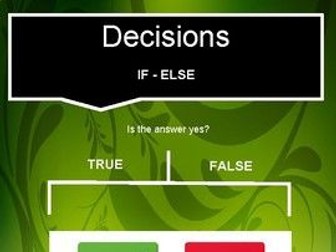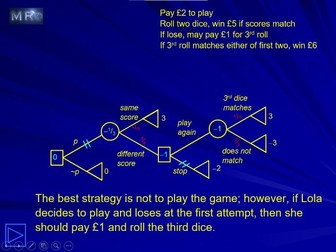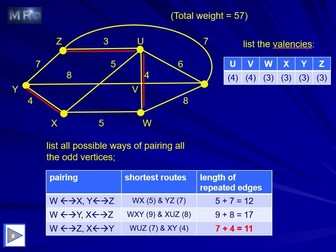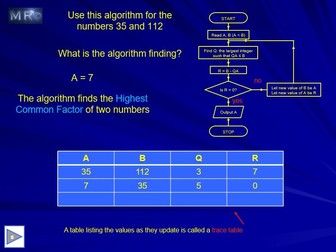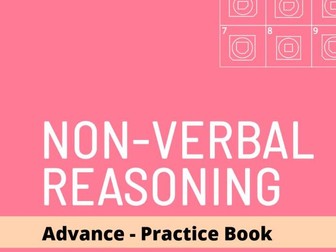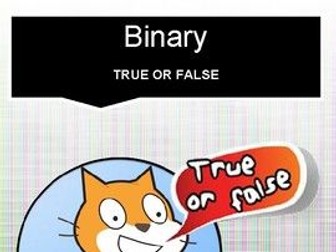Scratch: Decisions (Advanced #2)
<p>The “if” blocks use Boolean expressions to decide what to do next. To use them, put other blocks inside their “jaws”. The blocks inside the “if” blocks will only run if the answer to the Boolean expression is true.</p>
<p>What You Get:<br />
• Making Decisions<br />
• Decision Blocks<br />
• If Then<br />
• Branched Instructions<br />
• Boolean Shapes<br />
• Next Steps</p>
<p>My Scratch Resources:<br />
This resource is part of a numbered set. It can be used separately or in conjunction with my other Scratch resources.</p>
<p>This resource can be bought in a bundle <a href="https://www.tes.com/teaching-resource/scratch-bundle-advanced-to-your-third-game-value-pack-11903641">here</a>. Other Resources in this set include the following:<br />
• <a href="https://www.tes.com/teaching-resource/scratch-binary-advanced-1-11903630">Scratch: Binary (Advanced #1)</a><br />
• <a href="https://www.tes.com/teaching-resource/scratch-decisions-advanced-2-11903631">Scratch: Decisions (Advanced #2)</a><br />
• <a href="https://www.tes.com/teaching-resource/scratch-sensing-and-detecting-advanced-3-11903632">Scratch: Sensing and detecting (Advanced #3)</a><br />
• <a href="https://www.tes.com/teaching-resource/scratch-complex-loops-advanced-4-11903633">Scratch: Complex loops (Advanced #4)</a><br />
• <a href="https://www.tes.com/teaching-resource/scratch-sprite-communication-advanced-5-11903634">Scratch: Sprite Communication (Advanced #5)</a><br />
• <a href="https://www.tes.com/teaching-resource/scratch-creating-blocks-advanced-6-11903636">Scratch: Creating Blocks (Advanced #6)</a><br />
• <a href="https://www.tes.com/teaching-resource/scratch-monkey-vs-bat-game-programming-advanced-7-11903638">Scratch: Monkey vs Bat - Game Programming (Advanced #7)</a><br />
• <a href="https://www.tes.com/teaching-resource/scratch-things-to-try-advanced-8-11903640">Scratch: Things to try (Advanced #8)</a><br />
• <a href="https://www.tes.com/teaching-resource/scratch-bundle-advanced-to-your-third-game-value-pack-11903641">Scratch Bundle: Advanced To Your Third Game (Value Pack)</a></p>
